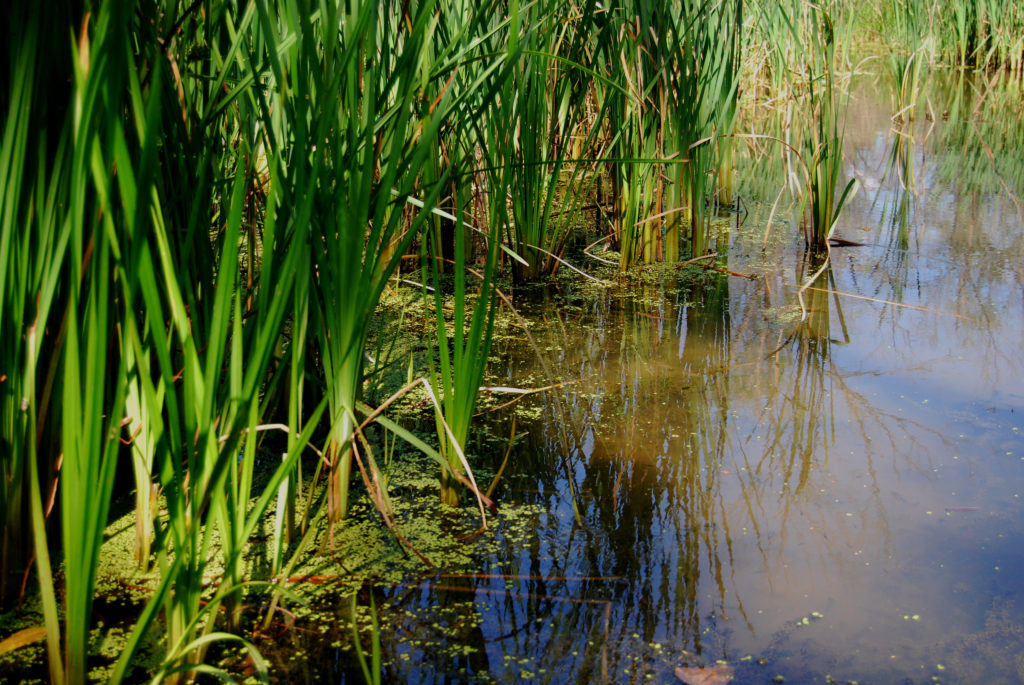Wetlands are ground areas that frequently stay inundated with water after rainfall events. These areas are usually wet and characterized by the presence of vegetation and animals that are often found in these wet environments.
How Wetlands Are Delineated
A wetlands boundary for a land development plan usually has to be determined and delineated by a environmental scientist or a professional who works in the area of environmental science or biology.
As a part of a wetlands study, this person will look for certain wildlife that are often associated with a wetlands area. A determination will be made of the extent of the wetlands area and the boundary would most likely be marked with something such as flags. The flags would then probably have to be located by a surveyor so that the boundary can then be accurately added to the existing conditions plan for a site.
A wetlands report will often be prepared as part of the wetlands study that would include maps, photos, and descriptions of what was found within the delineated areas.
How Wetlands Can Affect a Land Development Plan
A wetlands area is often considered a special feature of the existing conditions of a site and can affect the preparation of a land development plan.
Depending on your local and state regulations, any proposed land development that would impact a wetlands area might be regulated. There could be the requirement that any wetlands area that is impacted has to be replaced with new wetlands areas or wetlands plantings.
Special Permitting
If your proposed land development would impact a wetlands area, you might have to obtain special permitting at the state level. The obtaining of this permitting could be a condition to getting a final approval of your plans at the local municipality level.
This wetlands impact could be the crossing of a new driveway over a waterway that is adjacent to wetlands areas. An impact could also be proposed grading that would overlap a wetlands area.
Something else to consider is if local regulations would require a certain wetlands buffer width within which any construction would have to meet certain requirements.
Determine the Existence of Wetlands Now to Avoid Costly Delays Later
Planning early for the effect of wetlands could avoid costly delays with your land development project. If you or your civil engineer have a reason to think that your site contains any wetlands areas that could be impacted by your proposed layout or grading, it would probably be a good idea to have that information determined as soon as possible.
Then you can either prepare your layout and grading in a way that avoids any impacts to wetlands or you can at least start planning for any extra permitting that may be required for the approval of your project.
Related: Recommendations for Wetlands Books



